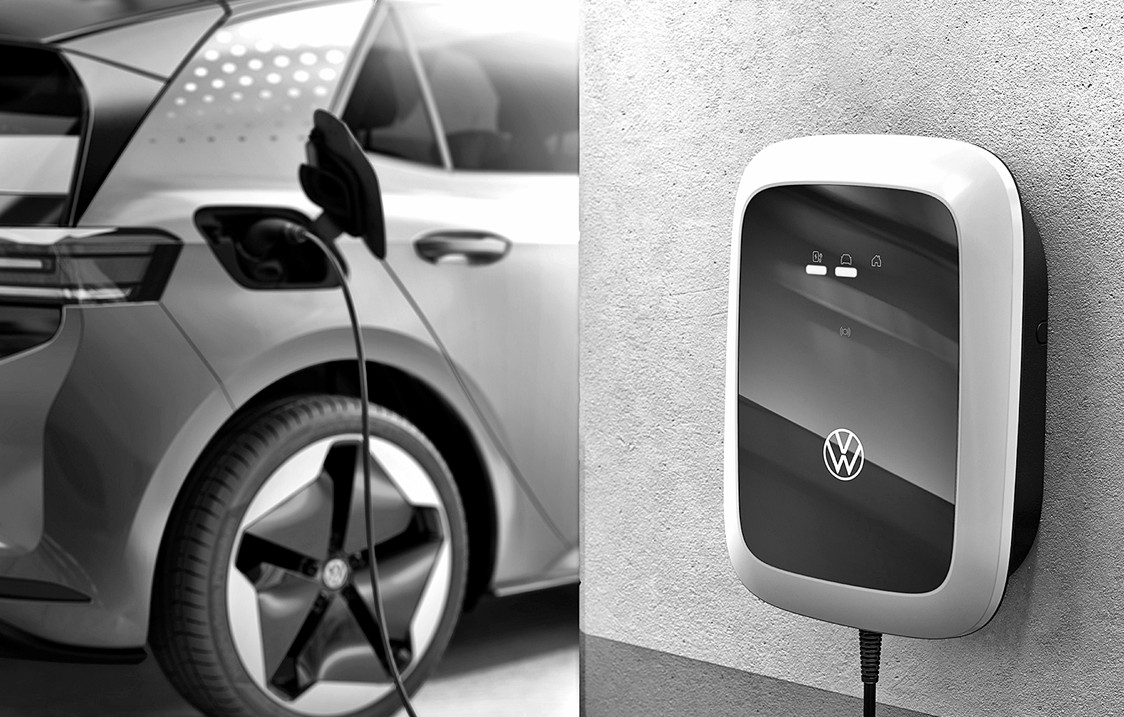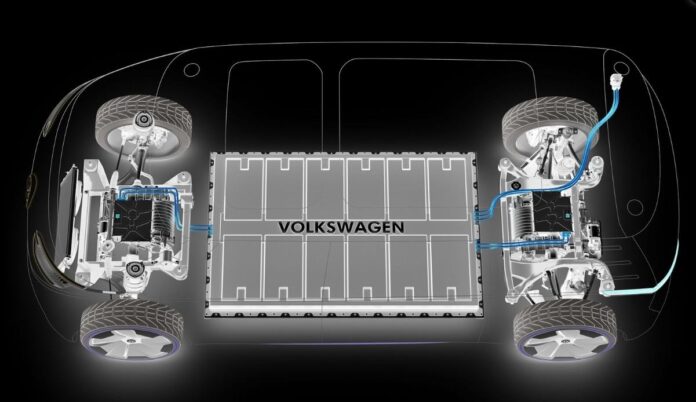One of the ongoing concerns of EV owners has been the life of the battery pack. In the early years of electrified vehicles appearing, it became apparent that the cost of battery packs was high. Prices varied but in those earlier years, there were some battery packs that were over RM10,000. Of course, those were early days for the industry and initial technology cost is always high.
This led to car companies offering specific warranties for the battery packs which were more years than the vehicle warranty. It addressed the concerns about replacement cost if the battery failed and as the technology advanced, reliability was better so for most owners, the cost of replacement would likely be the problem of the next owner.

Today’s battery packs are much more advanced, more durable, safer and lasting. Some car companies admit that there are cases of early failure but with the extended warranty, the issue is not mentioned much since owners do not incur any cost for replacement. It may affect resale values later in the car’s life when the battery pack may be near the end of its service life and a buyer will factor the cost in. But the costs are also coming down so who knows what the situation will be by the end of this decade.
In the meantime, there is still the question of how long a battery pack can last. This is really a variable and you would probably know from using a smartphone. How long the battery lasts will vary from owner to owner; some may be able to keep it for many years and some may have to change it after 2 or 3 years.

How you charge and operating conditions make a difference. For instance, it is recommended not to charge to 100% and to go only as high as 80%. This can prolong the battery life, experts say. A slower charging rate is also better than always using a fast charger with a high-powered DC supply.
ADAC, the independent German motoring organisation, has done some long-term testing on battery packs and with a Volkswagen ID.3 EV, 4 years of testing provided data on battery life. As for all other ID. models, Volkswagen guarantees that the battery of the ID.3 will retain at least 70% of its original net capacity after 8 years of operation or 160,000 kilometres of driving.
![Volkswagen ID.3 EV [2024]](https://www.motaauto.com/wp-content/uploads/2025/08/Volkswagen-ID.3-EV-2024-5.jpg)
The ADAC team drove the ID.3 for over 160,000 kms and then checked its condition. The findings revealed that the 77 kWh high-voltage battery still had a net capacity of 91%. The testers did not go easy on the battery. In order to reach the 160,000 kilometres as quickly as possible, rapid charging stations were used to charge the ID.3 for over 40% of the charging sessions. In addition, contrary to what is recommended, the vehicle was also left at the charging station with a 100% charge level between test drives, sometimes over several days.
![Volkswagen ID.3 EV [2024]](https://www.motaauto.com/wp-content/uploads/2025/08/Volkswagen-ID.3-EV-2024-4.jpg)
ADAC has a clear recommendation for customers: software updates should always be installed. During the endurance test, the ID.3 received several software updates – including the Electric Vehicle Route Planner, which plans the charging stops on a longer route so the destination is reached as quickly as possible. In addition to the charge level, the system also takes into account the current traffic situation and forecasts.
Alongside various bug fixes, the updates included an increase in charging capacity to up to 170 kW. The updates also had a positive effect on consumption and thus the range. In particular, the new software significantly improved power consumption over short distances and in winter temperatures from 0 to 5°C.



